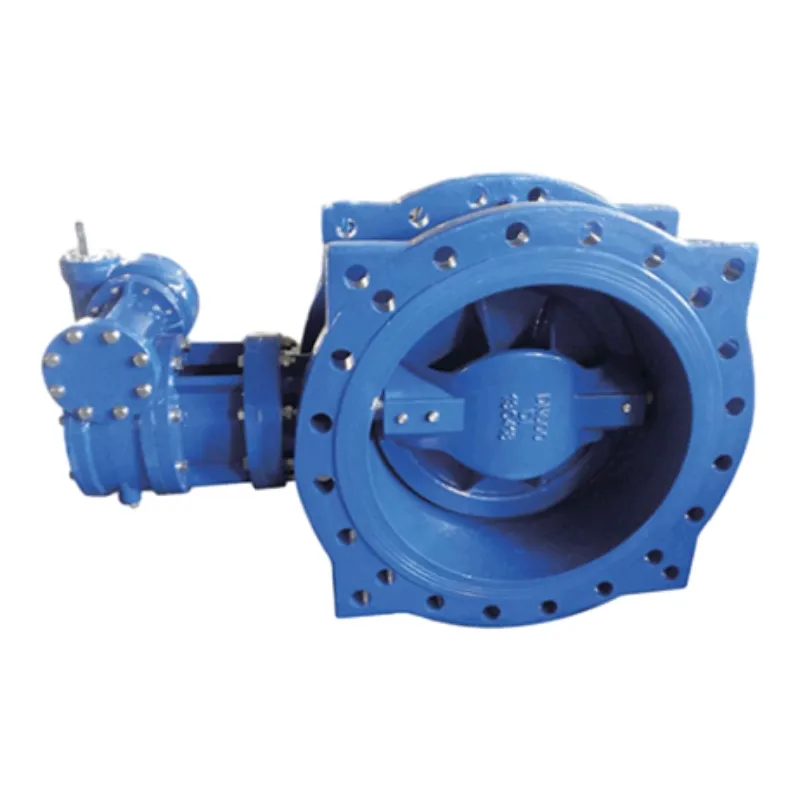Dec . 04, 2024 18:25 Back to list
Flange Disassembly Joint Techniques for Efficient Pipe Maintenance and Repair Solutions
Understanding Flange Dismantling Joints A Comprehensive Overview
In various industries, particularly those involving fluid and gas transportation, the flange dismantling joint plays an essential role. This type of joint allows for easy maintenance, modifications, and inspections of pipeline systems without requiring complete disassembly of the piping network. Understanding the mechanics, advantages, applications, and installation techniques of flange dismantling joints is crucial for engineers and maintenance personnel.
What is a Flange Dismantling Joint?
A flange dismantling joint is a type of mechanical joint that connects two pipelines using flanged connections. Unlike traditional flanged joints, dismantling joints incorporate a unique design that allows for axial movement. This feature enables operators to align, connect, and disconnect piping systems easily, facilitating maintenance and inspection tasks without the challenges typically associated with rigid pipe connections.
Key Features and Components
Flange dismantling joints typically consist of several components
1. Flanges These are the primary connection points that allow the joint to be connected to existing piping systems. They can be designed to meet various standards, such as ANSI or ISO.
2. Sleeve The sleeve is a central part of the dismantling joint that enables the axial movement. It allows for expansion and contraction of the pipe system without affecting the overall integrity of the connection.
3. Gaskets Proper sealing is crucial, especially in applications involving fluids under pressure. Quality gaskets made from appropriate materials ensure leak-proof connections and protect against contamination.
4. Bolts and Nuts These components secure the flanges together. Depending on the specific application and pressure requirements, the material and size of the bolts can vary.
Advantages of Flange Dismantling Joints
1. Ease of Maintenance The greatest advantage of flange dismantling joints is their ability to simplify maintenance operations. When repairs or alterations are required, personnel can easily dismantle the joint, access the interior piping, and perform necessary tasks without needing to remove entire sections of the pipeline.
2. Cost Efficiency Although the initial installation may be costlier than traditional joint types, the long-term savings on maintenance and labor make dismantling joints a cost-effective solution for many industries.
flange dismantling joint

3. Flexibility These joints accommodate thermal expansion and contraction, reducing stress on the piping system. This flexibility decreases the likelihood of leaks and other failures.
4. Versatility Flange dismantling joints are suitable for various applications, including water supply systems, wastewater treatment plants, and industrial processes. Their adaptability to different pipe materials and sizes enhances their usability in diverse environments.
Applications in Industry
Flange dismantling joints are commonly used in several sectors
- Water Supply and Distribution Municipal water systems benefit from the ease of maintenance that dismantling joints provide, ensuring reliable and efficient water delivery.
- Wastewater Management In wastewater treatment plants, dismantling joints facilitate quick repairs and adjustments, which are vital for maintaining hygiene and operational efficiency.
- Chemical and Process Industries The adaptability of these joints allows for seamless integration into complex piping systems that handle various chemicals, ensuring safety and compliance with regulatory standards.
Installation and Maintenance
Proper installation of flange dismantling joints is crucial for optimal performance. It involves
1. Preparing the Piping System Ensure that the piping surfaces are clean and free from debris. 2. Aligning the Joint Carefully align the dismantling joint with existing pipelines to avoid any undue stress.
3. Securing Connections Tighten bolts evenly and according to specified torque values to ensure a reliable seal.
4. Routine Inspections Regular inspections should be conducted to check for wear, leaks, and integrity of the flanges and gaskets.
In conclusion, flange dismantling joints represent a significant advancement in pipeline connectivity technology. Their unique design offers unparalleled flexibility and maintenance ease, making them a valuable asset in many industrial applications. By understanding their features and benefits, operators can ensure the longevity and efficiency of their pipeline systems.
Share
-
Advanced Technology in Wire and Cable FactoryNewsAug.19,2025
-
Applications of Ball Check Valve in Water Treatment PlantsNewsAug.19,2025
-
How Osy Gate Valve Ensures Leak - Tight SealingNewsAug.19,2025
-
Selection Criteria for Wafer Type Butterfly ValveNewsAug.19,2025
-
Threaded Ball Valve Pressure RatingsNewsAug.19,2025
-
Y Strainer PN16 Cost - Effectiveness AnalysisNewsAug.19,2025


